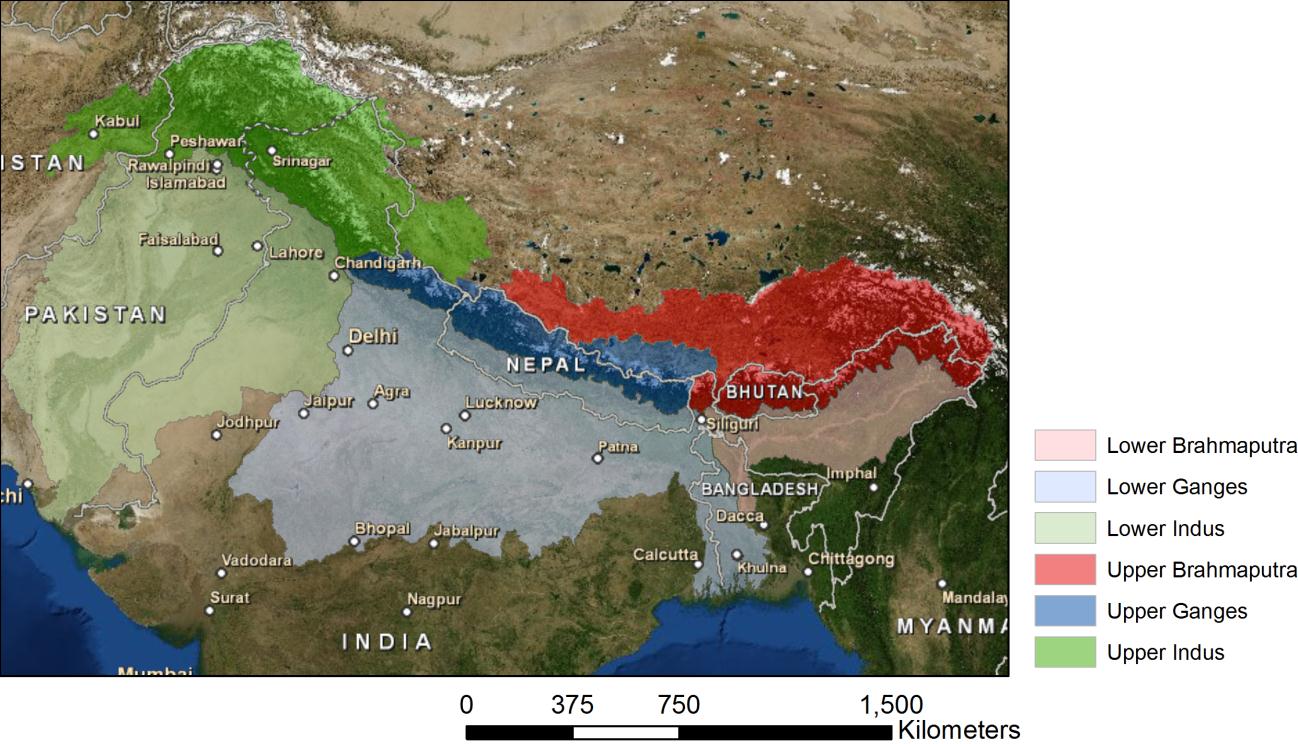The goal of the Asian Development Bank project ‘Renewable Energy for Climate Resilience’ in Bhutan is to diversify Bhutan’s energy portfolio. Bhutan’s power sector almost exclusively relies on hydropower generation. Hydropower, however, is vulnerable to climate change and natural disasters caused by climate change. The first deployment of non-hydro renewables at utility scale in Bhutan will be the first step to diversify the power generation portfolio, increase the resilience against severe weather events such as droughts, and complement the hydropower generation profile during the dry season. Other renewable energy resources such as solar photovoltaic (PV) and wind can complement hydropower in forming a more diversified electricity generation portfolio, which is, in healthy mix, resilient to changes in seasonal weather patterns and weather extremes that can adversely affect power supply.
Within this project ADB develops two solar and one wind plant. FutureWater has undertaken a Climate Risk and Adaptation assessment (CRA) for these power plants, with a two-fold objective:
- Validate the underlying rationale for diversification of Bhutan’s energy generation portfolio. The rationale is that more unreliable flows under climate change adversely affect the hydropower generation, in particular in the low flow season outside the monsoon season. This are the seasons with high potential for solar and wind energy, under the current climate conditions. The diversification of Bhutan’s energy generation portfolio is considered as type 2 adaptation, related to system change and resilience building in the climate change context.
- Assess the vulnerability of the project components to future climate change and recommend adaptation options for climate-proofing of the design. This is considered as type 1 adaptation, related to climate proofing.
The rationale for diversification is related to the expectation that climate change impacts on the cryosphere and hydrology in Bhutan will lead to less reliable flows, in particular outside the monsoon season. This will make hydropower a less reliable source of energy, which may not be sufficient during the dry season. During these periods outside the monsoon season, the climate in Bhutan is characterized by clear skies and daily patterns of wind. This intuitively makes solar and wind suitable energy sources to complement hydropower.
The CRA concludes that this rationale holds when validated with future scenarios of climate change and hydrological changes. These project more erratic flows, meaning on one hand more extremes on the high end (floods), in itself posing risks for hydropower infrastructure, but also through increasing sediment loads and risks of exposure to landslides and glacier lake outburst floods. On the other hand, a small increase in frequency and length of hydrological droughts is projected. Furthermore, projections of wind speed and incoming solar radiation indicate more or less stable conditions compared to the present day climate, further substantiating the rationale for portfolio diversification.
For adaptation and climate proofing the main recommendation is to verify that the proposed drainage systems at the sites are sized for extreme flows that are 20-30% larger in magnitude than current extremes. This is valid across return periods. The second high priority recommendation is to design foundations of solar, wind, and transmission infrastructure to withstand increased erosion rates and substantially increased risk of landslides in landslide prone areas. A third recommendation is to take into account lower production for solar panels at increased frequency of heat stress, as well as in the sizing of capacity of transmission infrastructure, which may have reduced capacity during periods of high heat stress.


